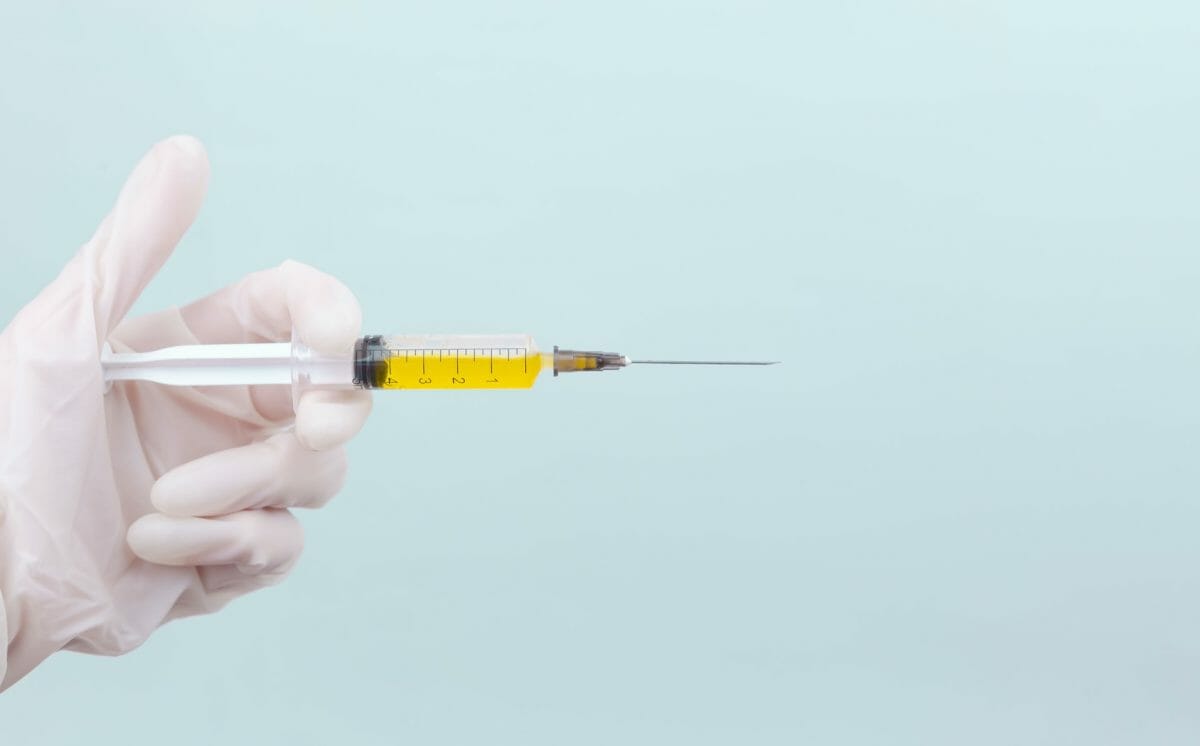Spondylolisthesis is a spinal condition that stems from spinal instability. It impacts patients of all ages, although the prevalent causes of the condition vary based on age.
To make a full recovery from spondylolisthesis, there are a few different treatment approaches. Here, we’ll describe the non-surgical and surgical treatment routes for spondylolisthesis, as well as how much time patients can expect to need for recovery.
What is Spondylolisthesis?
When a vertebra slips out of its usual position and settles on the vertebra below it, it’s referred to as spondylolisthesis. This spinal condition most often occurs in the lumbar spine, but can occur at any level of the spine.
Since spondylolisthesis involves a vertebra that “slips” out of position, it’s commonly confused for a slipped disc. However, a slipped disc is a different spinal condition that involves damage to an intervertebral disc.
What Are The Symptoms of Spondylolisthesis?
Spondylolisthesis can cause symptoms including:
- Back pain
- Back stiffness
- Hamstring muscle spasms
- Neurological symptoms (tingling, weakness, and/or numbness) in the extremities
What Causes Spondylolisthesis?
Spondylolisthesis often occurs after spondylolysis, which is a stress fracture that extends through the pars interarticularis. The pars interarticularis is the thin, bony part of the vertebra that joins it to the adjacent vertebrae.
Other possible causes of spondylolisthesis include:
- Repeated impact on the spine, typically due to sports like weightlifting, football, and gymnastics
- Age-related wear and tear on the spinal joints
- Arthritis
- A genetic defect resulting in spinal misalignment
As we mentioned at the start of this article, spondylolisthesis can affect both younger and older patients. However, in younger patients, spondylolisthesis is most commonly caused by genetic factors or spinal impact from sports. In older patients, spondylolisthesis is often triggered by age-related spinal degeneration and arthritis.
Spondylolisthesis Treatment Options
Non-Surgical Treatments For Spondylolisthesis
Patients with spondylolisthesis will almost always begin with a non-surgical treatment approach, which is often successful in managing this spinal condition. Non-surgical therapies that can help you heal from spondylolisthesis include:
- Physical therapy
Physical therapy is almost always included in non-surgical treatment plans for spondylolisthesis. This is because it can effectively strengthen the muscles that stabilize and protect the spine while helping to relieve tension in the affected area. A physical therapist can also educate you on the best way to prevent reinjury and improve your spinal health.
- Pain medication
Although pain medications are rarely recommended for long-term use, they can help you manage pain and inflammation during the spondylolisthesis recovery period. Over-the-counter NSAIDs (non-steroidal anti-inflammatory drugs) are accessible to patients and commonly recommended by physicians for pain management.
- Epidural steroid injections
An epidural steroid injection is a common neck and back pain treatment. Since this treatment delivers the steroid medication directly to the affected area of the spine, it’s a fast method of pain relief.
With that said, steroid injections can lead to tissue damage if they’re used too frequently. For this reason, doctors generally advise patients to receive no more than four epidural steroid injections per year.
- Lifestyle changes
Making lifestyle adjustments during the spondylolisthesis recovery period can help you heal faster. Changes that can accelerate your recovery time include:
- Quitting smoking, which can contribute to spinal degeneration and weaken your overall health
- Limit high-impact, repetitive motions that strain the spine
- Focus on maintaining proper spinal alignment while sitting, standing, and exercising
- Regularly engage in low-impact exercise to promote circulation to the spine and prevent stiffness
- Reach and maintain a healthy body weight (excess weight places additional stress on the spine)
- Prioritize sleep, which gives your body time to heal and recovery
How Long Does It Take To Recover From Spondylolisthesis With Non-Surgical Treatment?
Several different factors determine how long a patient will need to fully recover from spondylolisthesis. However, with a non-surgical treatment plan, most patients (especially young patients) make a full recovery in three to six months.
Older patients may require more time to heal or not make a full recovery, but experience symptom improvement. This is because degenerative changes to the spine typically can’t be reversed without spinal surgery.
Surgical Treatment For Spondylolisthesis
If symptoms of spondylolisthesis don’t resolve after six months or longer of conservative treatment, surgery may be recommended. Surgical treatment for spondylolisthesis typically involves spinal fusion.
Spinal fusion is the process of binding two vertebrae together to form a single bone. This is done by placing bone graft material between the affected vertebrae, typically with the help of rods, plates, and cages for support.
Fusion stabilizes the spine by preventing all motion between the two affected vertebrae. This prevents the vertebrae from slipping out of place. However, it also significantly limits the patient’s range of motion in the back.
The Downsides of Fusion For Spondylolisthesis
After fusion, patients lose the ability to bend, twist, and flex at the fused segment. This lost range of motion can affect your day-to-day activities. For some patients, spinal fusion eliminates their ability to bend over and retrieve items from the floor.
Additionally, spinal fusion can speed up the degeneration of the vertebrae adjacent to the fused segment. Known as adjacent segment disease, or ASD, this complication of spinal fusion can lead to further back pain and stiffness.
How Long Does It Take To Recover From Spinal Fusion?
To make a complete recovery from spinal fusion, it may take up to a year. Additionally, patients must typically take four to six weeks off of work after the procedure and wait even longer before partaking in physical activity.
To reduce the recovery period for spondylolisthesis treatment, patients may consider spinal fusion alternatives. A non-fusion spinal device can shorten the back surgery recovery time, allowing patients to return to their normal routines sooner. Additionally, fusion alternatives reduce the risk of complications from spondylolisthesis surgery.
Patients with spondylolisthesis should explore all of their options before deciding upon a treatment plan.
